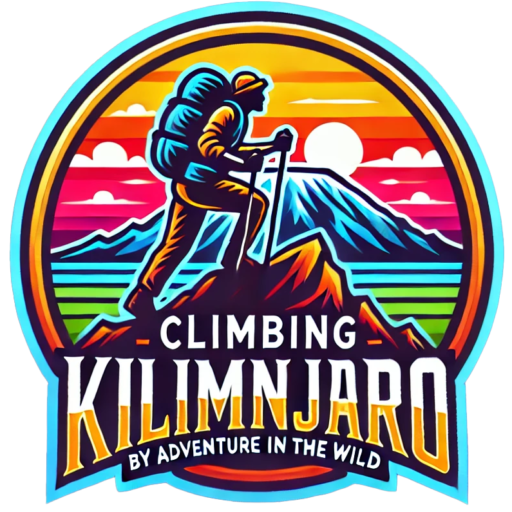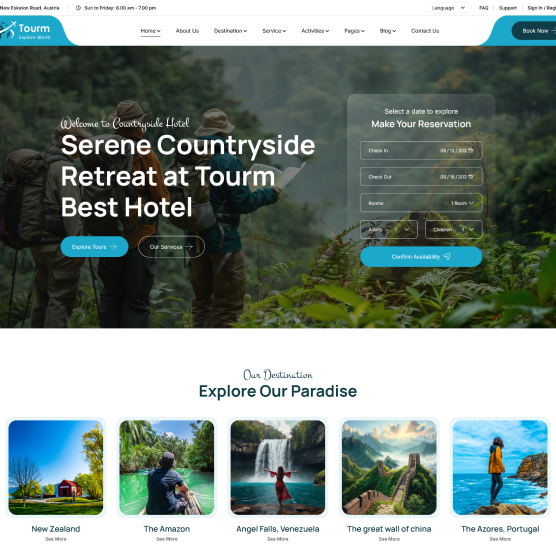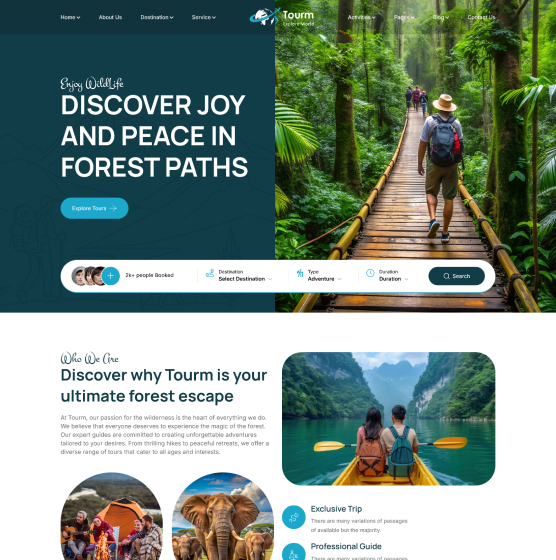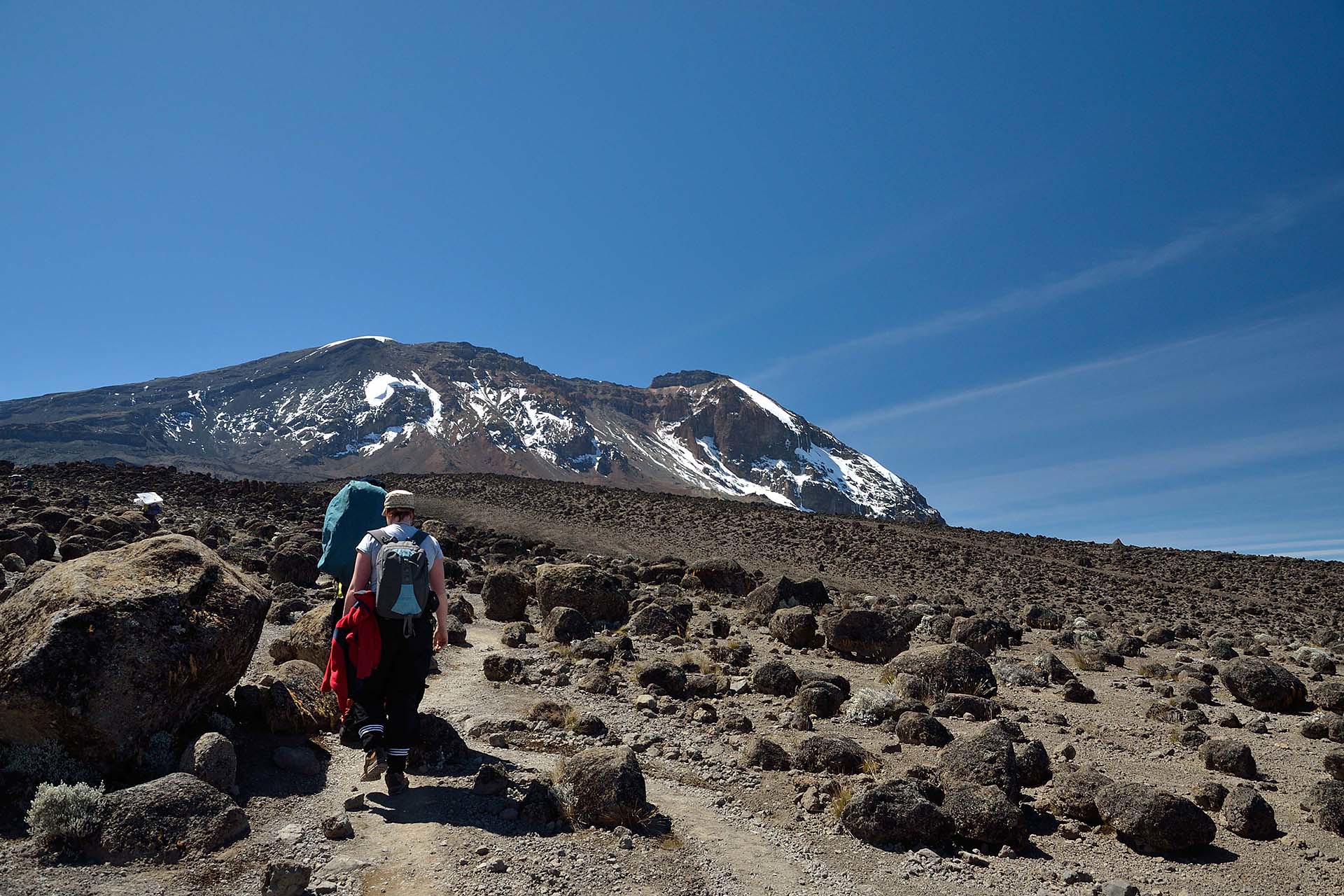10 Tips for a Successful Climb on Mount Kilimanjaro
Here are 10 Tips for a Successful Climb on Mount Kilimanjaro. Congratulations! Now that you’ve made the decision to climb Mount Kilimanjaro, you’re wondering how to guarantee that you reach Africa’s highest peak.

Here are 10 Tips for a Successful Climb on Mount Kilimanjaro. These strategies will help you achieve your aim of taking that coveted self-portrait on Uhuru Peak!
1. Take your time.
A longer trip to the summit is preferable to a shorter one for the best likelihood of success and the least amount of altitude sickness.
Your chances of success on Kilimanjaro greatly rise with the amount of days you spend on the mountain. At 85%, those who choose an 8-day climb have the best success rate. For 7-day, 6-day, and 5-day routes, this success rate drops to 64%, 44%, and 27%, respectively.
People frequently opt for shorter trips in order to save money or to give themselves an additional challenge. If taking a shorter path reduces your chances of success, it is ultimately more cost-effective to add an extra day at the start rather than making the trip to Tanzania twice to try again. Additionally, Kilimanjaro will be difficult enough without you adding to the difficulty.
Because of its great landscape, fewer climbers, and 8-day duration, which increases the likelihood of success, we advise most climbers to take the 8-day Lemosho route. The 9-day Northern Circuit is our second most popular trip. See here for maps and further details about the several routes up Kilimanjaro.
2. Go hiking.
Kilimanjaro is not a technical mountain, to be sure, but that doesn’t mean the ascent isn’t difficult and physically taxing.
The journey becomes more challenging just due to the altitude. Hiking is the best way to prepare for Mount Kilimanjaro. The majority of your training, if not all of it, should be hiking, while other workouts like weightlifting and running can be beneficial.
You can also train by bringing a weighted backpack with you on your outdoor adventures. Start with a few shorter hikes and work your way up to longer ones if you’re a beginner. You should prepare yourself for the 4-6 hours of hiking you will do on Kilimanjaro and the 12-14 hours you will spend on summit day. Train for duration rather than intensity since endurance is crucial.
If you don’t live in an area with lots of day walks close by, a stair master can be a good alternative. Starting your workout program at least two months prior to your trip is the best option.
3. H2O is on your side.
You lose fluids considerably more quickly at high elevations. Drink lots of water because dehydration can make you more susceptible to headaches, Acute Mountain Sickness (AMS), general exhaustion, and even grumpiness.
Many climbers frequently get a mild headache as a result of the altitude difference. By drinking enough water, you can prevent the additional agony that comes with dehydration headaches. We gather water from the neighboring mountain streams and treat it with Aquatabs water purification tablets. We advise bringing at least three liters of water to stay hydrated while hiking, as it is only available at campsites. Additionally, it is advisable to consume a minimum of one liter of water both prior to and following your daily ascent of the mountain.
You might want to think about packing a water bottle in addition to a water bladder. It’s convenient to have a water bladder, such as a platypus, so you can drink while climbing. It is advisable to carry a backup water source because water bladders may freeze as you get closer to the summit. Bringing electrolyte packets to add to your water bottle—rather than your water bladder, which can harbor mold—is also a good idea. They keep your electrolytes regulated and give your water a little taste when drinking fluids all the time is too much.
Go here to learn more about Acute Mountain Sickness symptoms, indicators, and prevention, as well as our safety tips.
4. Go slowly.
You will frequently hear the words “pole, pole” when hiking Mount Kilimanjaro. It means “slowly,” “gently,” “softly,” “quietly,” “be calm,” or “take it easy” in Swahili.
Remember that going slow and steady can make the difference between reaching the top of Kilimanjaro successfully and turning back early.
It takes time to become adjusted to the low oxygen levels in the mountains, and it’s important to be kind to your body so it can adjust. Being the first isn’t beneficial at all, so don’t rush to the next campsite. Enjoy the view and take your time.
You should be walking at a pace that allows you to converse with people for most of the route. To save energy, you will walk slowly on summit night and take a rest step between each stride. Professional climbers use the rest-stepping technique to assist them reach the tops of mountains like K2 and Everest. It functions. There won’t be much energy for conversation on summit night, so keep in mind to breathe in through your nose, out through your mouth, and pole pole.
5. Gear up.
Making sure you have the proper equipment is crucial when climbing Kilimanjaro. A pair of waterproof footwear that you have worn on extended training treks and the same kind of socks you intend to wear are essentials for your climb.
An additional pair of warm socks and liners is essential because chilly feet and blisters are the worst. Protection for the hands and neck is also required. It’s important to pack extra warm clothing to prevent freezing fingers, toes, or a cold neck. Later on, you can always remove layers, which you will do as you descend.
Additionally, make sure you are wearing sunscreen and a sun cap. In addition to making sunburn more uncomfortable and increasing your risk of dehydration, it’s more likely to occur at high elevations. On your journey to the peak, you will want to pack essential supplies. See here for a comprehensive list of gear.
6. Give yourself a treat.
People frequently become less hungry at high altitudes.
Getting the calories you need to keep going can be an oddly difficult challenge, even with the intense levels of exercise. We advise you to pack some of your favorite, high-calorie foods to chew on during your ascent to ensure that a drop in appetite won’t leave you without the energy you need to reach the summit.
Even though we will provide you with excellent food, you might feel the need to bring some comfort food from home. Packing foods you will eat even if you’re not hungry is the goal. Candy and junk food are perfectly acceptable!
You will burn off every last calorie, so don’t worry. The sweets will give you the energy you need to push yourself to the top. Additionally, you should carry items that won’t melt or freeze. Personal favorites that our clients send in include protein bars, chocolate, nuts, and hard candy. Combining M&Ms with mixed nuts is a great option because, unlike other chocolates, M&Ms don’t melt in the lower parts of the climb.
7. Take what you can learn.
When stepping into the unknown, it’s wise to set expectations. You can prepare for the mountain by reading about your trip. Essentially, it reduces the amount of tension or anxiety that potential obstacles would normally generate by preparing the mind to handle them in advance.
To get a sense of what the days at elevation are like, we advise anyone planning to climb Kilimanjaro to read other people’s experiences. Such material could take the shape of YouTube videos, travel forums, or personal blogs. You probably have friends or friends of friends who have done it, if you ask around. Ask them about their experiences over the phone. When people talk about their climbs, you can notice that there are many commonalities.
8. Take a hike, eat, rest, and recover.
You will soon get into a routine on the mountain. You get up, have breakfast, and go hiking. You hike and eat lunch. After dinner, you go to bed.
On the mountain, getting enough sleep is crucial, but it’s not always easy. You might find yourself waking up a lot during the night or having trouble falling asleep at all while your body adjusts to the altitude and overcomes jet lag. This is quite common during the first several nights. Your sleep quality is a good indicator if it improves over time. It indicates that you are both acclimating and recuperating more quickly from your daily routines.
You can take certain actions to facilitate your recuperation. First of all, avoid wasting energy during the day. When needed, take pauses. Once you get at a campsite, lie down and unwind in your tent for a while. Put on your sleeping clothing after changing out of your trekking attire. Even if you don’t feel like it, eat dinner. Calories are what you need to refuel.
9. Choose good company.
There are only a few top-tier businesses on Kilimanjaro, despite what looks like an unending number of “recommended” businesses. Asking individuals you know for recommendations is usually a good idea, but you still need to conduct your research. Since many businesses lack defined processes, the quality of the services they offer may vary greatly. Thus, the only guide services you should think about are well-established ones that have a solid reputation for quality.
A skilled guide is able to determine the ideal tempo for the group. He or she is knowledgeable about identifying and managing altitude sickness. The guide knows how to increase your chances of safely and effectively reaching the summit. And possibly most crucially, because they have received safety protocol training, competent guides are able to organize a rescue in an emergency.
When making reservations, it is frequently tempting to go with the cheapest option. When it comes to climbing Kilimanjaro, resist this temptation. It is impossible to trust unreliable or low-cost businesses to provide high-quality, safe services.
10. Have faith in yourself!
When you’re tired and doubtful, you can persevere by maintaining a positive mindset.
Have faith in yourself. Remember that you embark on the journey incrementally, not all at once, and that perseverance will lead you to success. It’s simple to feel overburdened and worn out, but keep in mind that you are on vacation. Have fun! In the evenings, unwind and enjoy yourself with your fellow climbers.
Although summit day could seem intimidating, your attitude has the power to transform everything. If you’re unsure, remember that you’re stronger than you think and can do anything. You may do the same! Many people tell us that they didn’t think they would make it, yet they did!
Keep in mind that climbing Mount Kilimanjaro is a difficult undertaking, but you can succeed if you are ready, take your time, and have faith in your abilities.
In conclusion, those are the 10 Tips for a Successful Climb on Mount Kilimanjaro. Book your Kilimanjaro safari with us.


















